In June 2020, Apple presented us with a rather interesting novelty that had been talked about for a long time. Of course, we are talking about the transition of Macs from Intel processors to Apple's own Silicon solution. For Apple, this was a fairly fundamental and demanding change, which is why many people were worried whether this decision of the apple company would eventually backfire. However, the reactions completely turned around when we saw the first M1 chipset that arrived in the MacBook Air, 13″ MacBook Pro and Mac mini. Apple proved to the whole world that it can solve the performance itself.
Of course, such a fundamental change, which did bring an increase in performance and better economy, also took its toll. Apple has reoriented to a completely different architecture. While he previously relied on processors from Intel, which use the x86 architecture that has been captured for years, he now bet on ARM (aarch64). This is still typical mainly for mobile devices - ARM-based chips are mainly found in phones or tablets, mainly because of their economy. This is why, for example, the mentioned phones do without a traditional fan, which is a matter of course for computers. It also relies on a simplified instruction set.
It could be interest you
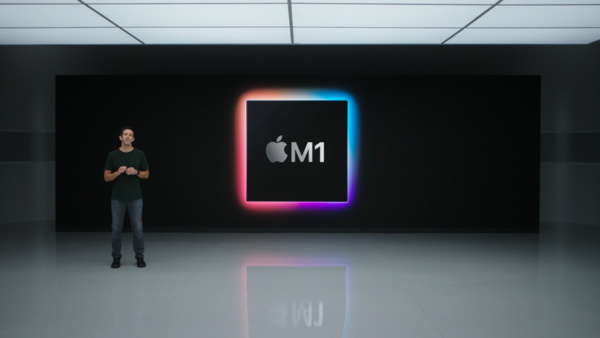
If we had to sum it up, ARM chips are a far better variant of "smaller" products because of the mentioned benefits. Although in some cases they can significantly exceed the capabilities of traditional processors (x86), the truth is that the more we want from them, the better results will be offered by the competition. If we wanted to put together a complex system with slow to unimaginable performance, then slow is nothing to talk about.
Did Apple need a change?
The question is also whether Apple needed this change at all, or whether it really could not do without it. In this direction, it is rather more complicated. Indeed, when we look at the Macs we had available between 2016 and 2020, the arrival of Apple Silicon seems like a godsend. The transition to its own platform seemingly solved almost all the problems that accompanied Apple computers at the time - weaker performance, poor battery life in the case of laptops and problems with overheating. It all disappeared at once. It is therefore not surprising that the first Macs, equipped with the M1 chip, gained such enormous popularity and were sold like on a treadmill. In the case of the so-called basic models, they literally demolished the competition and were able to offer exactly what every user needs for relatively reasonable money. Sufficient performance and low energy consumption.
But as I mentioned above, the more complex the system we will need, the more the capabilities of ARM chips will decrease in general. But that doesn't have to be the rule. After all, Apple itself convinced us of this with its professional chipsets - Apple M1 Pro, M1 Max and M1 Ultra, which, thanks to their design, offer breathtaking performance, even in the case of computers from which we demand only the best.
Real Mac experience with Apple Silicon
Personally, I like the whole project with the transition to custom chipsets from the beginning and I'm more or less a fan of it. That's why I was excitedly waiting for every other Mac with Apple Silicon that Apple would show us and show what it is actually capable of in this field. And I must honestly admit that he always managed to surprise me. I myself tried Apple computers with M1, M1 Pro, M1 Max and M2 chips and in all cases I found almost no major problem. What Apple promises from them, they simply offer.

On the other hand, it is necessary to look at Apple Silicon soberly. Apple chips enjoy a relatively solid popularity, due to which it often seems as if they do not have even the slightest shortage, which may surprise some users. It always depends on what the person expects from the computer, or whether a specific configuration can fulfill his expectations. Of course, if it is for example a passionate player of computer games, then all the cores that Apple Silicon chips offer go completely aside - in the gaming sphere, these Macs are almost useless, not in terms of performance, but in terms of optimization and availability of individual titles. The same may apply to a number of other professional applications.
It could be interest you

Apple Silicon's main problem
If Macs can't get along with Apple Silicon, it's mostly because of one thing. This is something new that the entire computer world has to get used to. Although similar attempts were made by Microsoft in conjunction with the California company Qualcomm before Apple, only the giant from Cupertino managed to fully promote the use of ARM chips in computers. As mentioned above, since it is more or less a novelty, then it is also necessary that others start respecting it. In this direction, it is primarily about developers. Optimizing their applications for the new platform is absolutely essential for its proper functioning.
It could be interest you
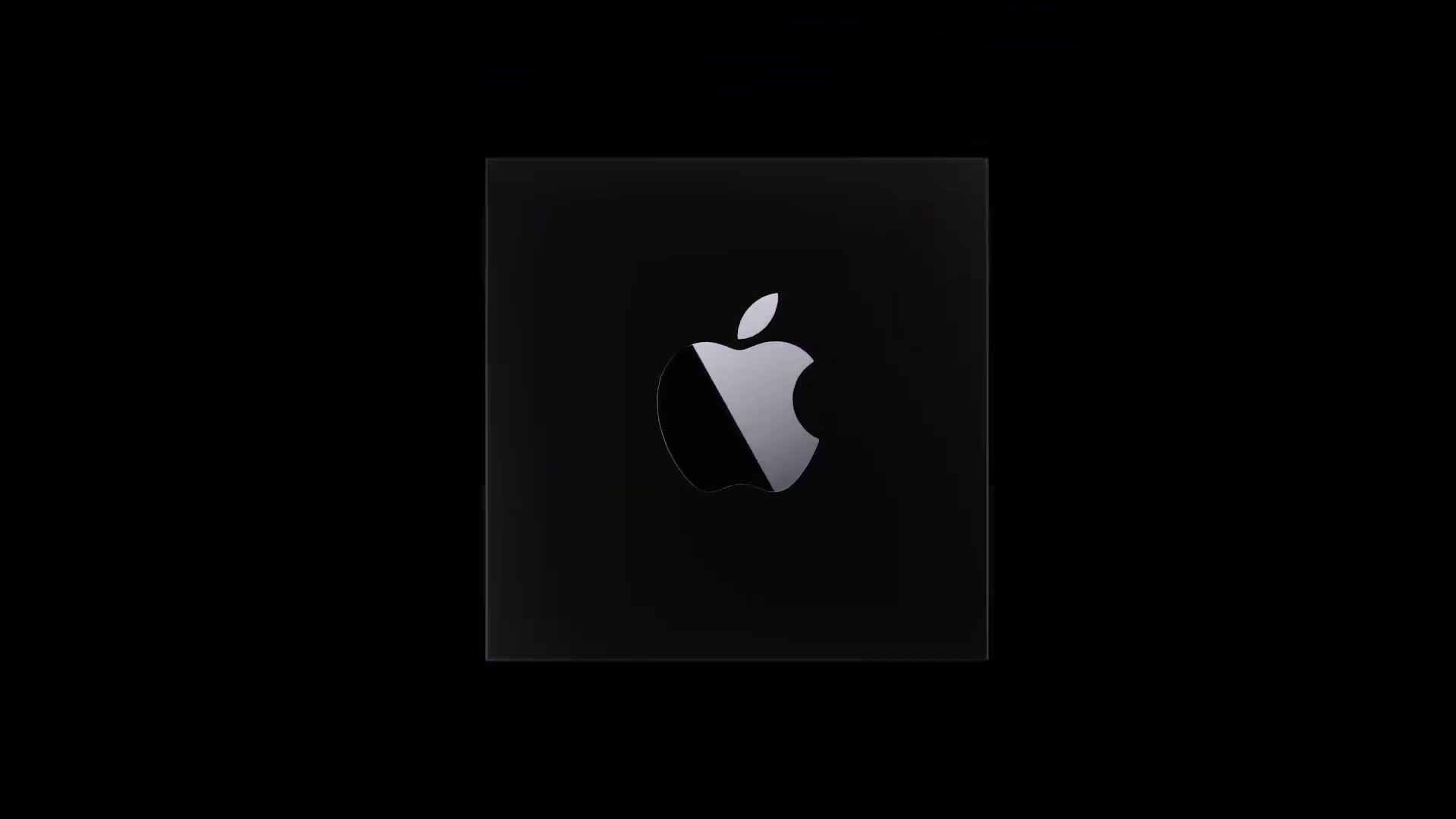
If we had to answer the question of whether Apple Silicon is the right change for the Mac family of products, then probably yes. When we compare the previous generations with the current ones, we can only see one thing - Apple computers have improved by several levels. Of course, all that glitters is not gold. In the same way, we have lost some options that were taken for granted not so long ago. In this case, the most frequently mentioned shortcoming is the impossibility of installing the Windows operating system.
It will be more interesting to see where Apple Silicon will develop next. We only have the first generation behind us, which was able to surprise most fans, but for now we are not sure that Apple will be able to maintain this trend in the future. In addition, there is still one relatively essential model in the range of Apple computers still running on processors from Intel – the professional Mac Pro, which is supposed to be the pinnacle of Mac computers. Do you have confidence in the future of Apple Silicon, or do you think Apple has made a move it will soon regret?
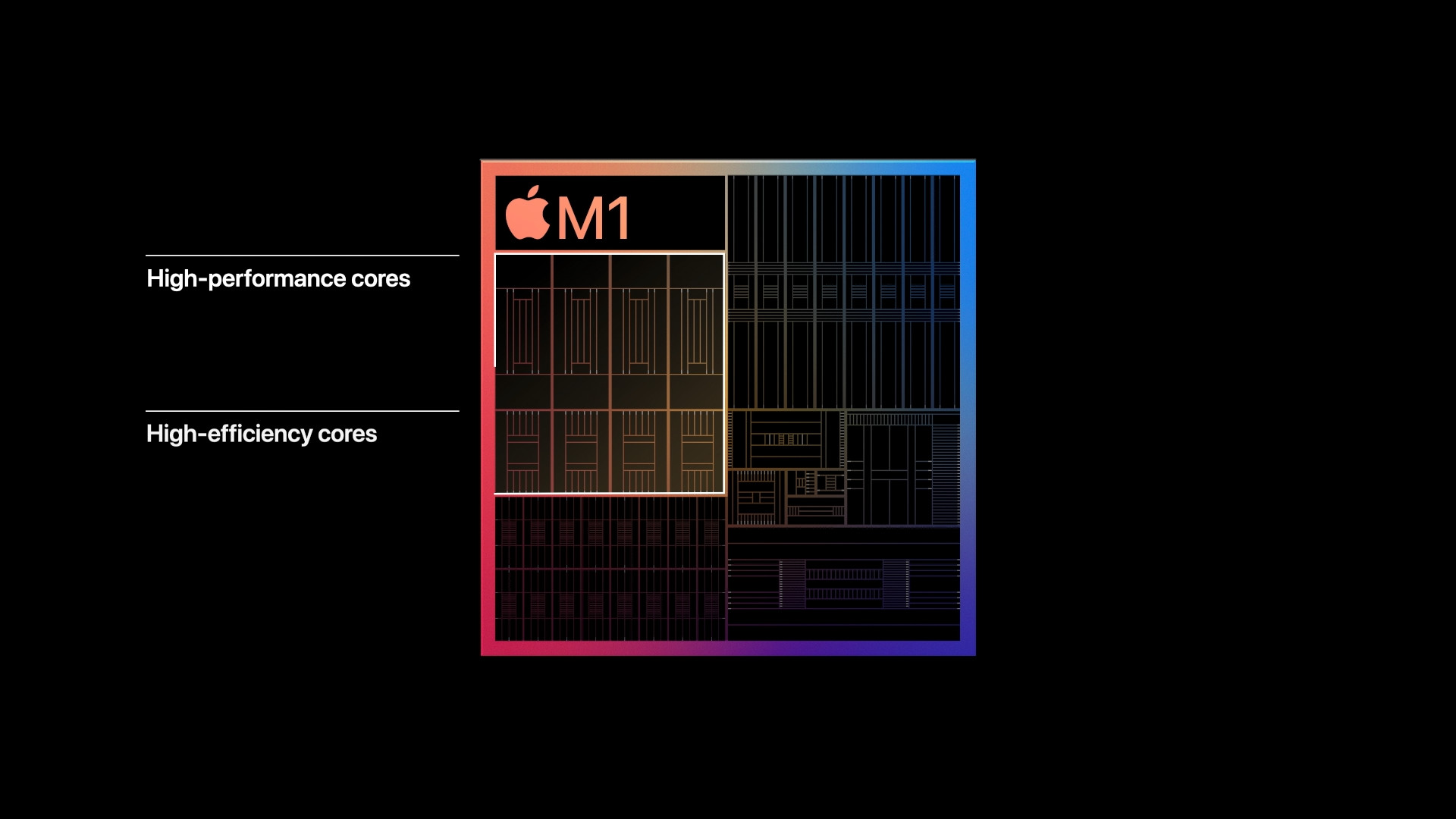
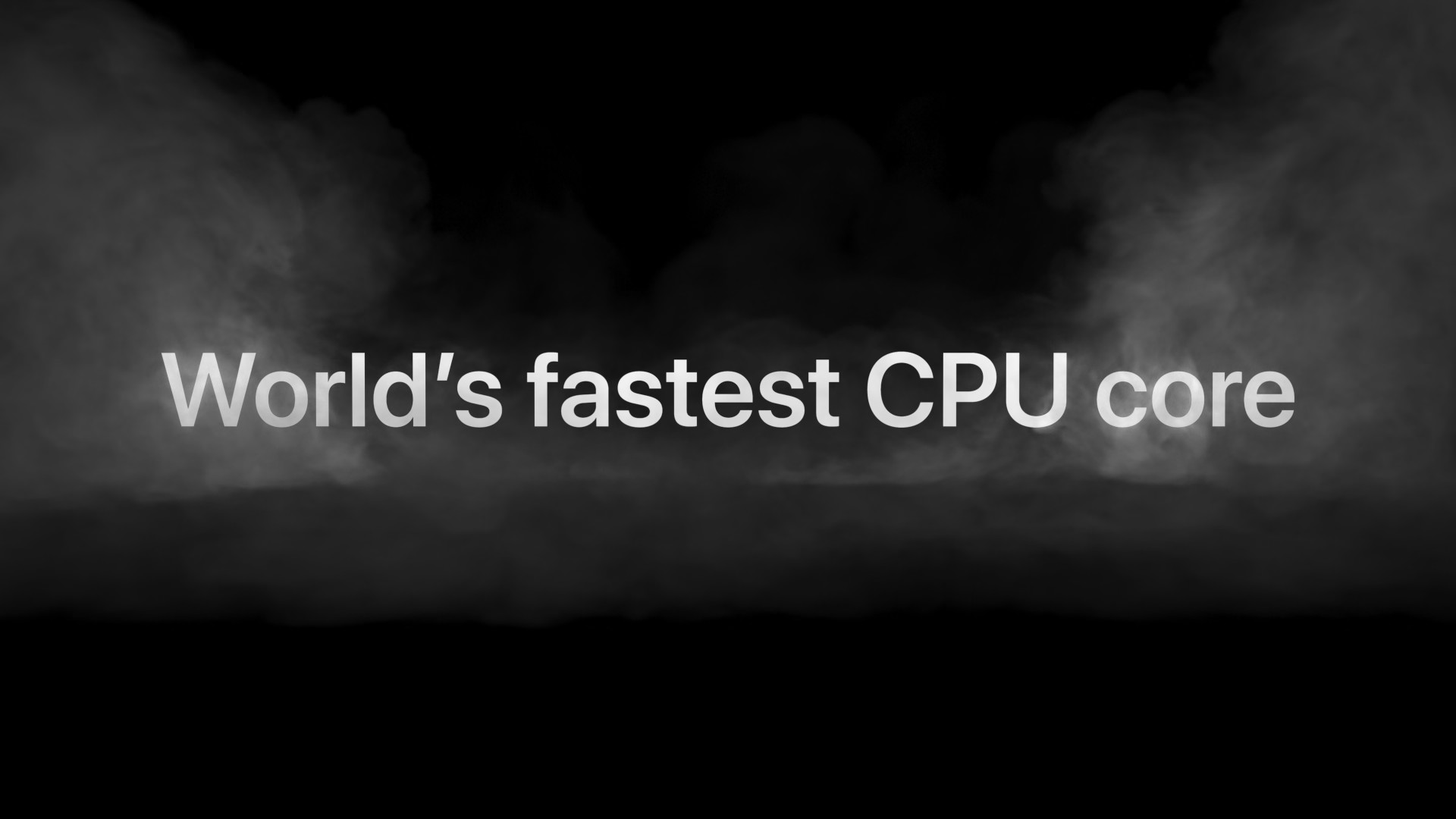
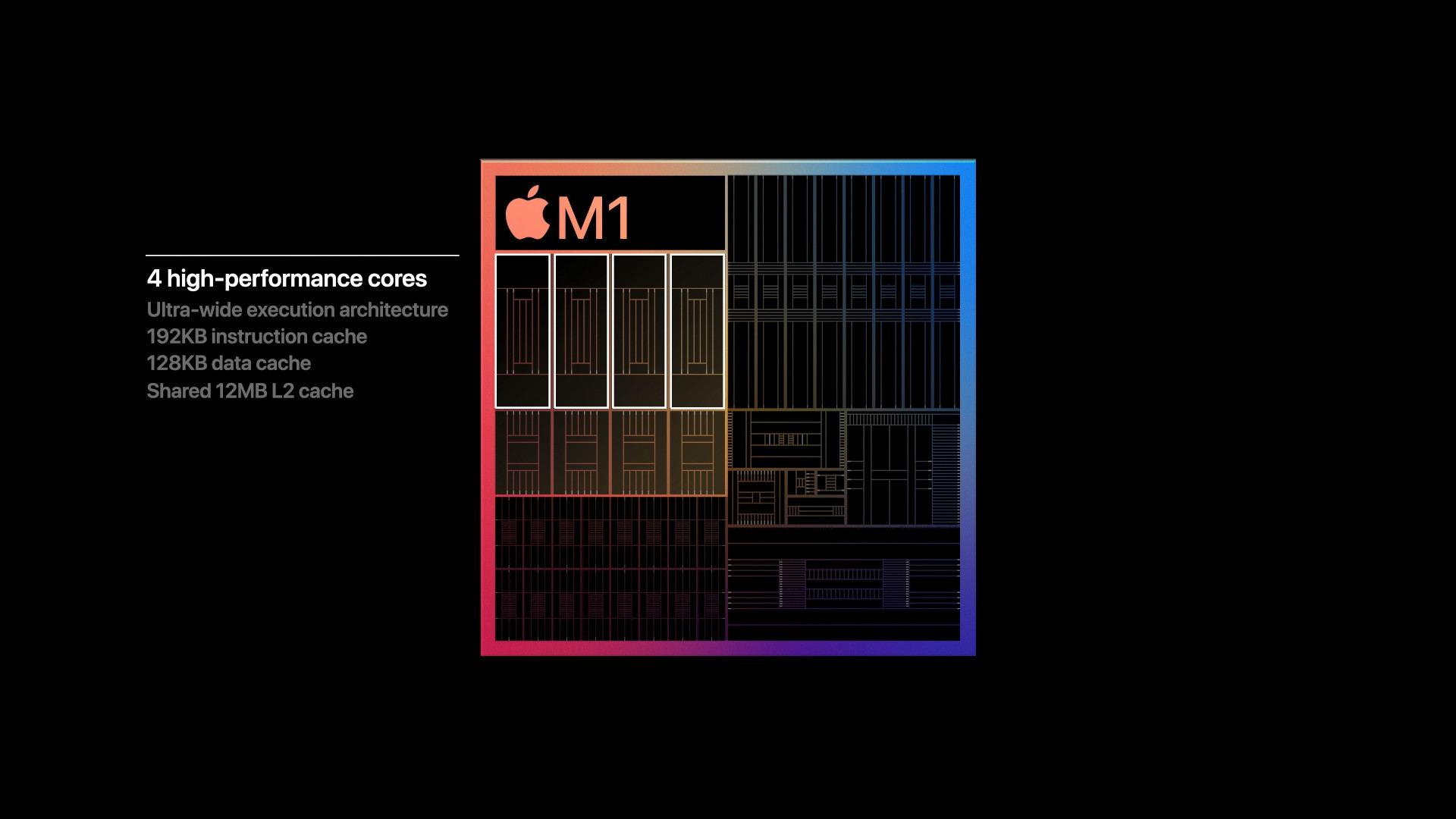

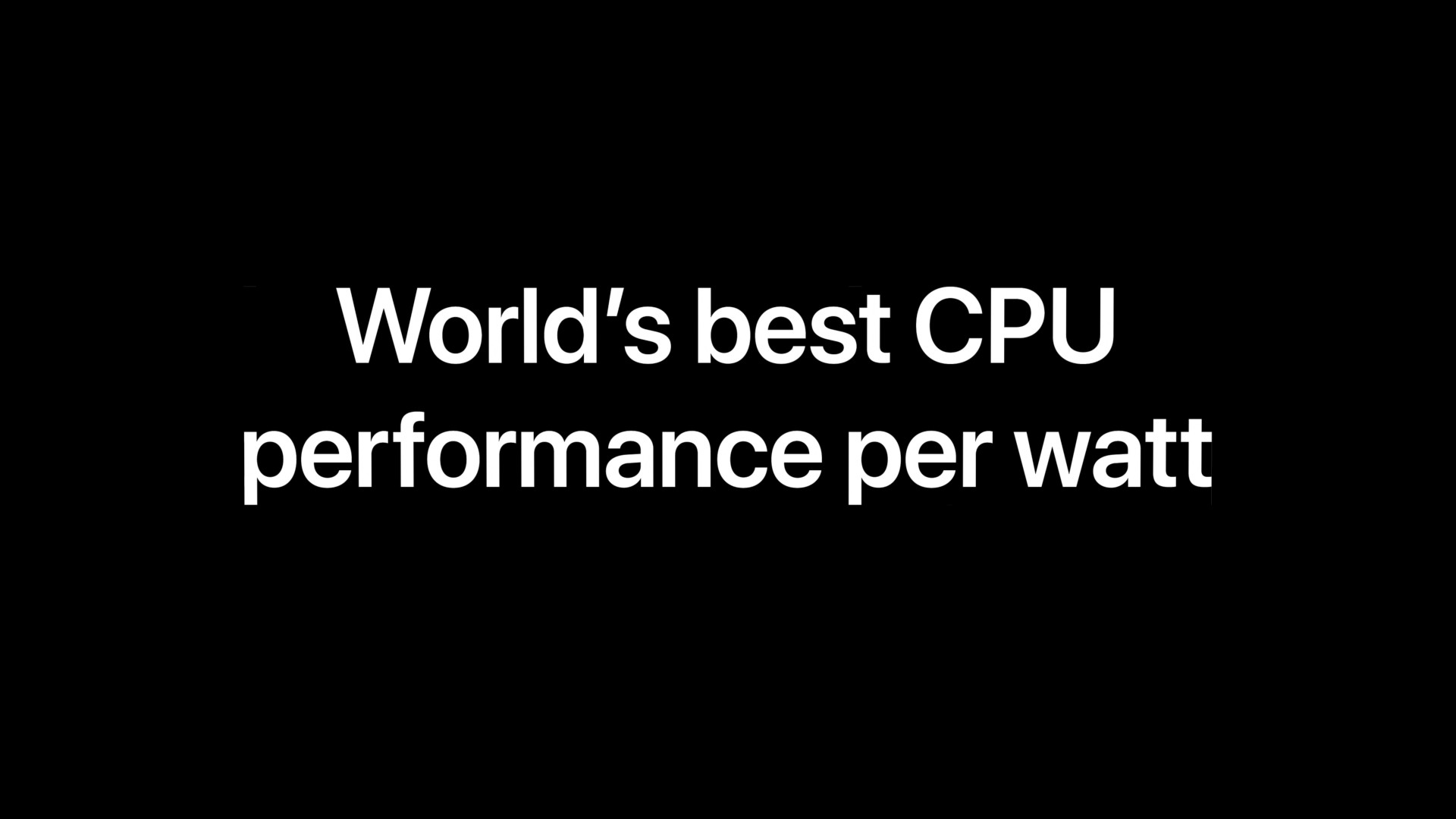
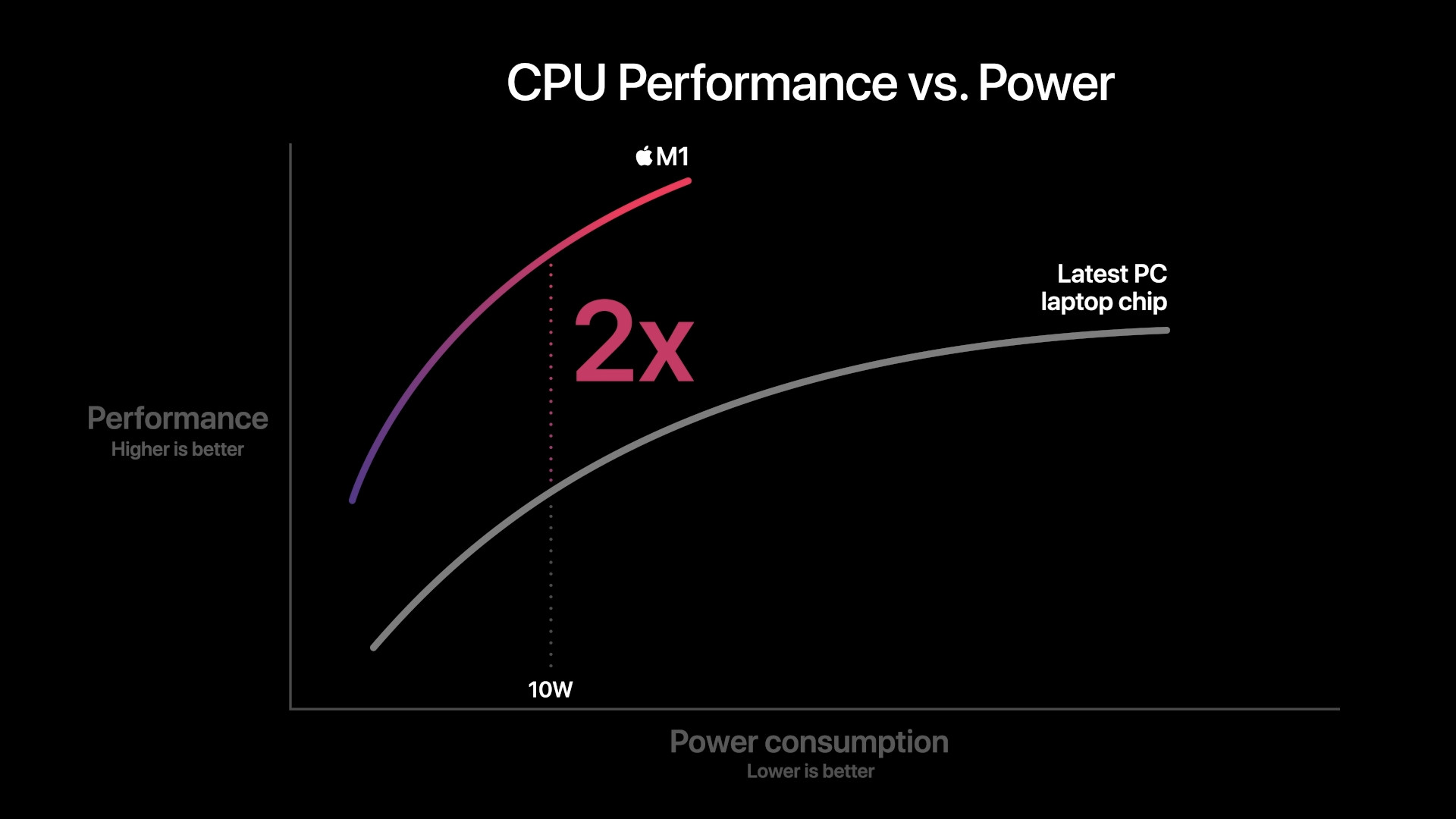
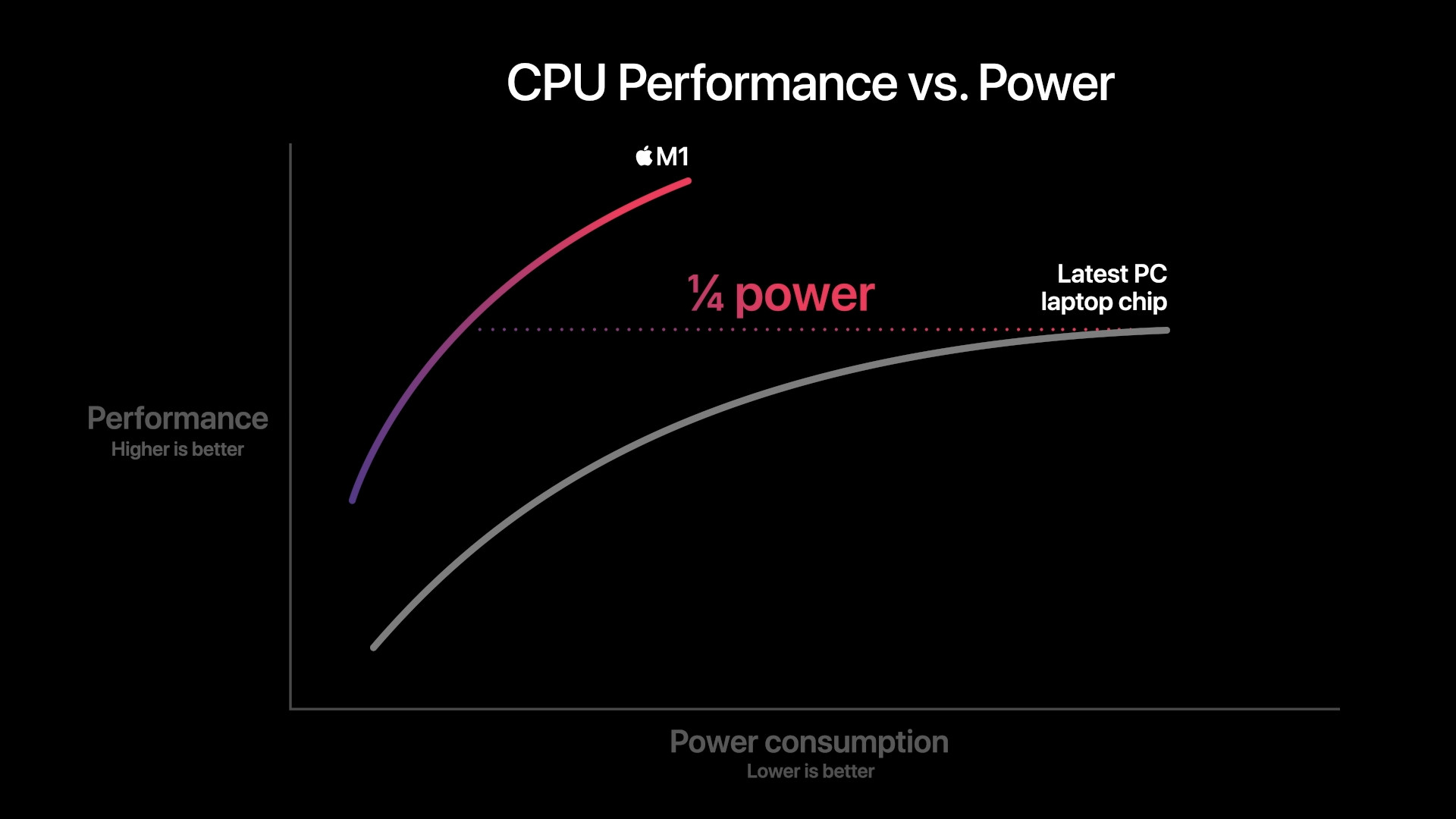

So arm Windows runs perfectly under Parallels. Microsoft even released Visual Studio for arm, so you can program for Windows Corm on Mac - which is pretty funny. Games don't run very well on it, but if you need to run some windows program, it's not a problem. Arm doesn't expand much on the Widle, because you just have a choice. If Apple made an Intel version in addition to the M chip, and ideally an AMD version of the Mac, and people knew that the support would last for 10 years, the ARMs would not be so popular at Apple either. But when Apple said that it would not make anything other than ARM in the future, it just took off. For me it's a great thing and the MBP 14 and 16 are amazing. The performance is great too. This really worked.